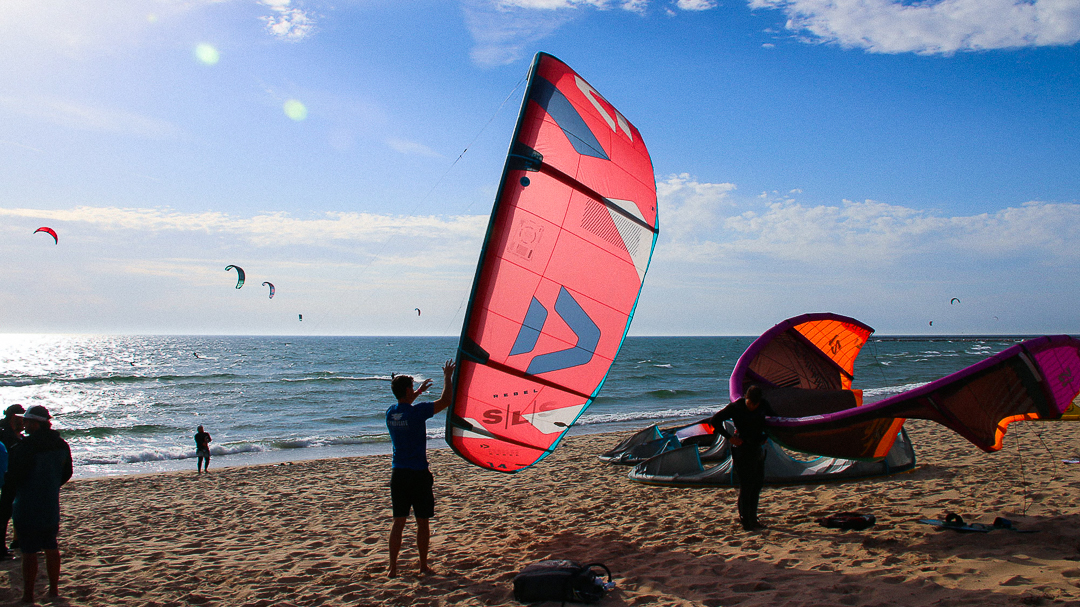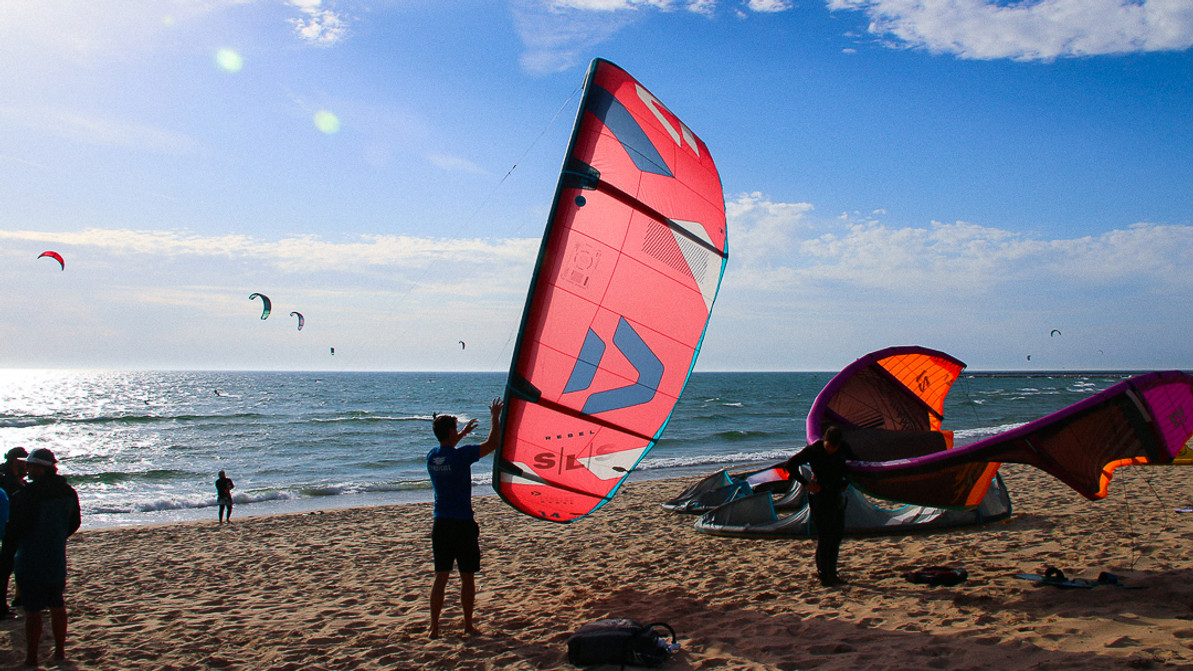Kiteboarding Quivers | How to Choose the Best Kite Sizes for You

Kiteboarding kites come in a wide variety of sizes. Which size kites are best for you? Let's take a look at your riding style, your gear budget, and find out how many kites you'll want to have in your quiver.

Step 1 | What Kind of Kiteboarder are You?
First, let's figure out what kind of kites you'll want to invest in. Are you an all-around, freeride kiteboarder who likes a little bit of everything? Do you want to focus on kitesurfing in waves with a surfboard? Maybe you want to get into kite foiling or even wakestyle riding?
The reason we ask is that we want to help you to tailor your kite quiver to your intended riding style. While most kiteboarders tend to fall into the freeride category, there are those who only like to ride waves, and only want wave-specific kites. The same can be said for foiling and wakestyle.
Where kitesurfers and kite foilers typically prefer smaller kites on average, a wakestyle rider might want to be overpowered and on slightly bigger kites on average. The freeride kiteboarder is somewhere in the middle and likes to do it all.

Step 2 | What is Your Kiteboarding Budget?
How many kites do you see yourself having in your kiteboard quiver? In our experience, it's ideal to have a three-kite quiver to effectively cover the majority of wind conditions around the world.
However, you may be the type of rider who only wants to kite in certain winds and would rather do something else when it's blowing higher or lower than you like.
If you're new to kiteboarding, you might still be reeling from the "sticker shock" of all the gear you're starting to gather. Whether you're a gearhead or a kite minimalist, you'll want to consider your budget and plan your quiver accordingly.

Step 3 | Let's Build Your Kite Quiver
We always like to start with the "middle" kite when building a kite quiver for someone. Your mid-range kite is typically the one that you'll be riding most of the time. Then, when the wind drops, you can switch to your light-wind kite, and when the wind builds, you can switch to your high-wind kite.
For example, a lot of riders here in West Michigan fly a 12m or 14m kite as their go-to size. Of course, that's taking into consideration that our average rider is in the 180lb to 200lb range and riding in winds around 15-25 mph, or 13-21 knots.
The sweet spot between kite sizes seems to be right around 25%.
If we size someone on a 12m kite as their everyday driver, we'll want to move them 25% bigger into a 16m for light winds, and 25% less to 9m for higher winds (12 / .75 = 16 and 12 x .75 = 9)
Here are some three-kite quiver scenarios for winds around 15-25mph.
| Rider Weight >>> | Under 15mph >>> | 15-25mph >>> | Over 25mph |
|---|---|---|---|
| 220lbs | 18m | 14m | 11m |
| 200lbs | 17m | 13m | 10m |
| 180lbs | 16m | 12m | 9m |
| 160lbs | 15m | 11m | 8m |
| 140lbs | 14m | 10m | 7m |
Highlights and Takeaways:
- Decide your style
- Budget your quiver
- Plan for a 25% size difference
Related Links:
Subscription Links:
Click Below to Contact Us:
- P | 800.622.4655
- E | Kiteboarder@MACkite.com
- C | LIVE Chat Messenger

Recent Posts
-
Kiteboarding | Crafting the Harlem Force Kite with Sustainability and Performance
Unparalleled Performance Meets Unmatched Sustainability The kiteboarding industry is on …24th Apr 2024 -
Duotone Ventis 2025 | What's New?
If you're familiar with Duotone's Ventis, you know its specialty is freeriding in light wind …23rd Apr 2024 -
Duotone Ventis D/LAB 2025 Overview
If you ride in an area with multiple light wind days and need a wing that'll let you get o …23rd Apr 2024




